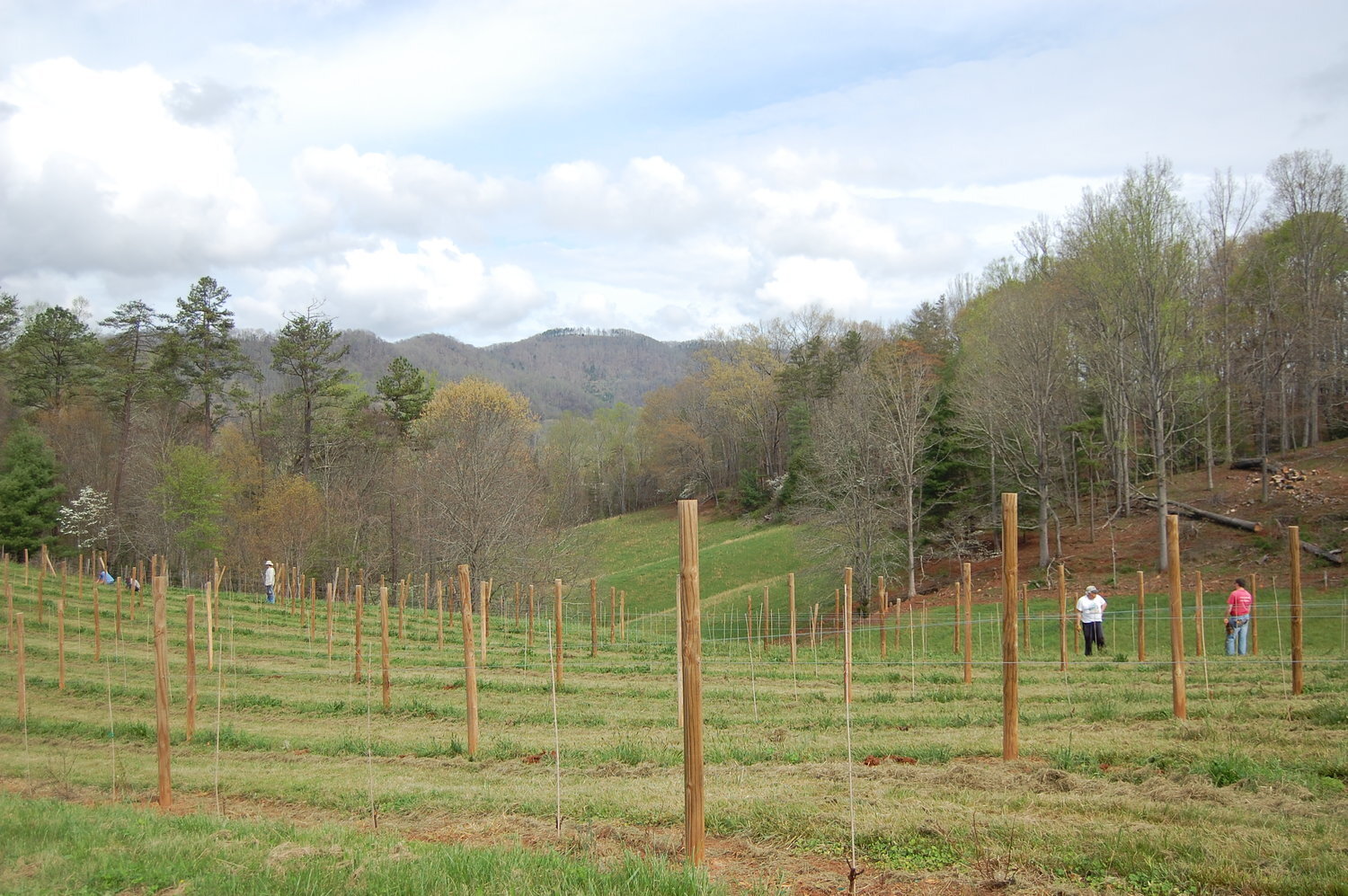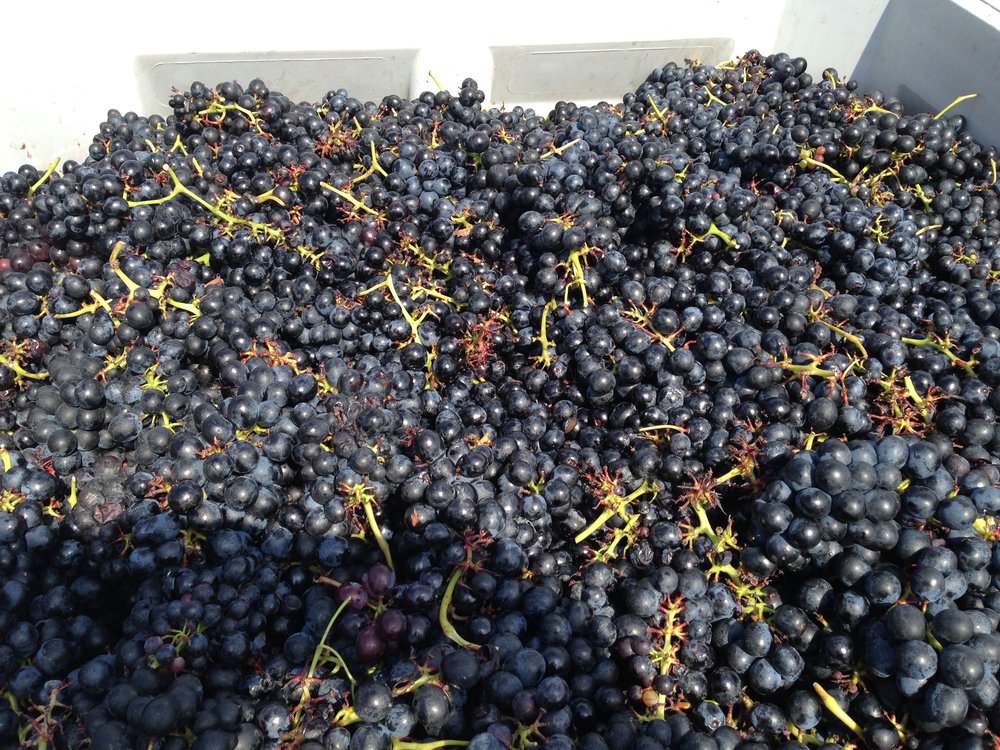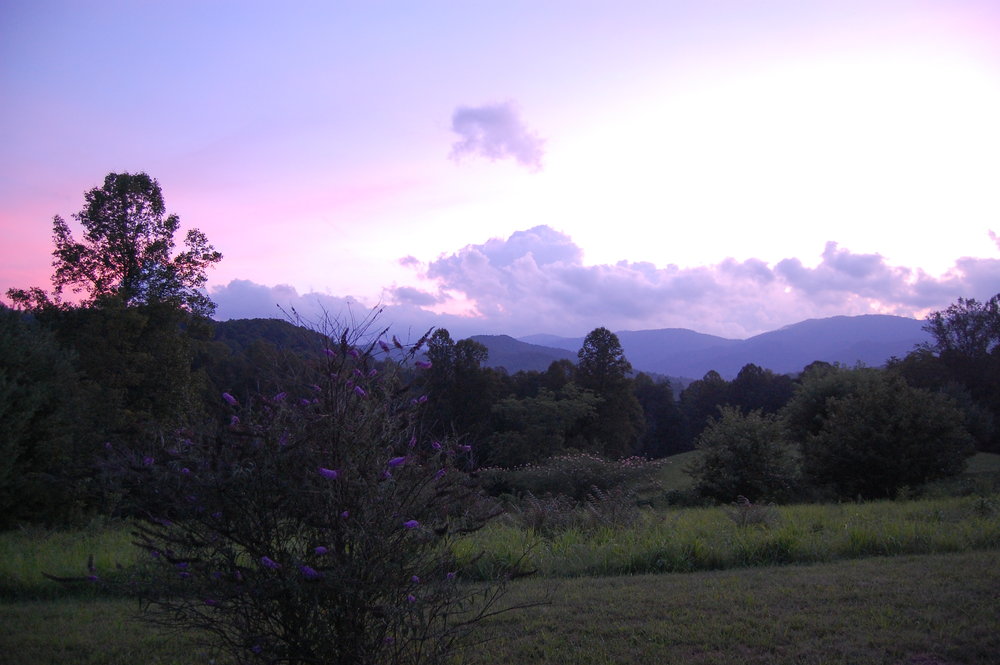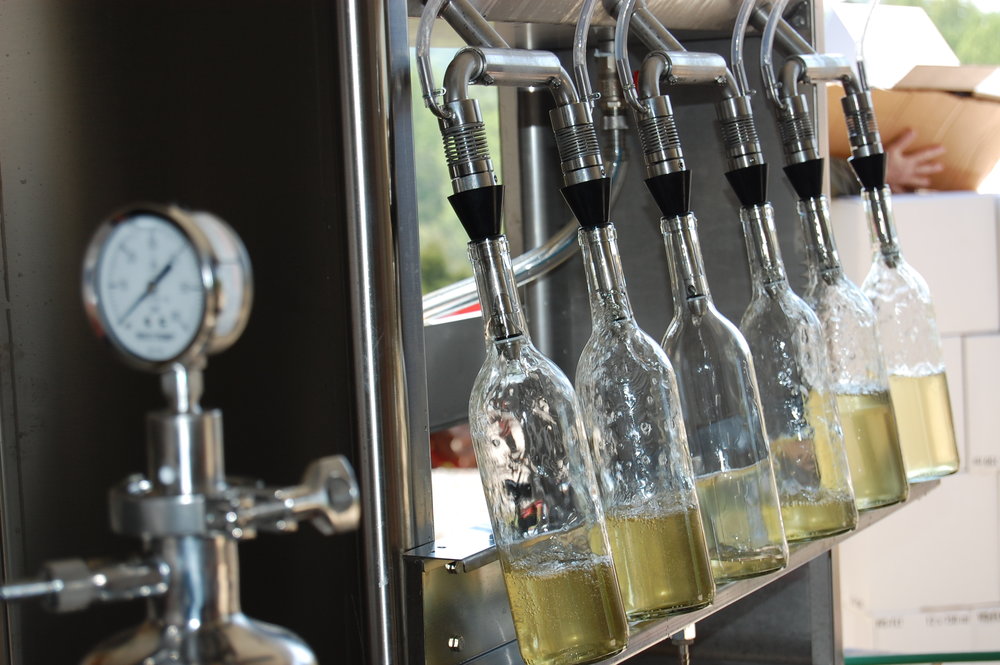Just a little different and that is a good thing
02/06/2018
02/06/2018

The 2018 North Carolina Winegrowers Association conference concluded recently. It is about the only time of the year that this group can get together. It is after crush, typically after the first racking in the winery but before winter pruning and bud break. It is very refreshing to talk craft, learn from our peers, and geek out about wine with our fellow vignerons.

The conference is a great reminder of the connections and friends we have made, the winemakers, vineyard managers, tasting room professionals, and others. One of the really great aspects of the NC industry, and the wine industry in general, is the open sharing of ideas. The conference gives us a chance to have one-on-one conversations with each other, along with general session and break-out sessions focused on viticulture, enology, business, and marketing.
In one of the conversations in which I was engaged, we were discussing consumer acceptance and expectations of wine. Someone said, “East coast wines are different from the west coast.” To me, that might have been the understatement of the conference. And it made me think: Maybe it is important to discuss this.

Just like Bordeaux is different from Loire, or Barolo differs from Chianti, the wines from Washington differ from wines from North Carolina. On the west coast, big fruit, high alcohol wines are prevalent. It really is the west coast style to let fruit hang longer and longer, to let the sugar accumulate, to build big, jammy red wines or heavily oaked whites.
East coast wines, on the other hand, tend to be lighter and more Old World in style. Bigger acidity, lower alcohol, and food friendly wines are the style here. For many of us, this is a key differentiator, something that we need to emphasize and express to our tasting room visitors, to the restaurants, and the wine shops. It is not a fault, it does not make the wines “less”, but instead we provide another expression. Terroir is an important concept in wine, and it roughly means “a sense of place.” The expression of this place is what is found in each of our wines.

Most of the folks in attendance at the NCWA conference this year are producing less than 10k cases, with a good many of us under 2k cases annually. Sales in the tasting room for wineries of our size are critical, but getting exposure in the local restaurants is important too. When you visit your favorite farm-to-table restaurant, ask what NC wines they have on their menu. If they don’t have any, ask them to change that. Being locally-sourced should include the wine list too.
It is vital to the survival of the small producer that we tell our story, that we are able to explain how our wines are different, why they are different from the west coast, and that different does not mean undeserving of a place in your cellar and on your table. A rich, jammy, high alcohol Napa Cabernet is nice on its own, but it can sometimes be difficult to pair with anything other than a grilled steak. North Carolina red wines, on the other hand, tend to be a bit more acidic as a stand-alone wine, but when paired with food, both the wine and the food are elevated, made better by the pairing.